SAATI Textil PHU 2 Emulsion – Works With Solvent, Waterbase, Discharge, High Solid Acrylic, Plastisol Inks
Saati PHU 2 is an all purpose pure photopolymer emulsion that is universally suitable for all inks, including solvent, water-base, and discharge inks.
$85.00
Description
- One-part, pre-sensitized. No mixing, no diazo required!
- Exposes approximately 4x faster than typical two-part emulsion
- 47% solids
- Medium viscosity easily coats all mesh counts
- Easy to reclaim
- Can be used with discharge inks as-is. No need for diazo.
- Can be used with Diazo 11 when extra sharpness or high resolution is required*
- cannot be reclaimed once catalyzed.
Technical Specifications
Directions for use:
Handle under yellow safelight or low wattage tungsten lights. Avoid exposure to daylight, quartz/halogen lamps, cool white fluorescent lamps or discharge lamps.
Sensitizing and Mixing:
Emulsion is presensitized during production and does not require mixing. Mesh
Mesh Preparation & Degreasing:
Degrease and abrade new mesh with degreasers in order to optimize stencil adhesion; dry and store the screen in a dust free, dry environment prior to coating. For more applications, thoroughly degrease the mesh prior to use with Saati Chemicals Direct Prep 2.
Coating:
Using a high quality scoop coater or coating through, apply one or two coats to the substrate side of the screen, followed by one or two coats on the squeegee side. For a thicker stencil, apply additional coats to the squeegee side prior to drying. For a higher quality stencil with a minimal increase in stencil thickness, apply one or two additional coats to the substrate side of the screen after the initial coats have dried.
Drying & Storage:
Thoroughly dry the coated screen at a maximum temperature of 104°F (40°C) in a dust free, dark or yellow light area, with the substrate side facing down to optimize stencil quality. Coated screens should be stored in a dust free, dry, safelight environment.
Exposing:
Ensure that all surfaces, emulsion, film and glass are free of dust to minimize pinholes. Contact the emulsion side of the positive with the substrate side of the screen and secure in position before placing the screen in a suitable vacuum frame. Many variables, such as lamp type and age, distance from lamp to screen, mesh type and coating thickness, can affect exposure time. Perform an exposure test with an exposure calculator to determinate correct exposure time for a complete cure.
Developing:
Wet both sides of the screen with a strong, finely divided spray of water and continue washing out until all image areas are fully open. Rinse both sides of the screen and dry thoroughly before use. A properly exposed and developed screen will not leave residues on the squeegee side.
Post Exposing:
Post expose with daylight or exposure lamp to produce a more water-resistance stencil.
Technical Sheets / Safety Data Sheets / Documents
Video
Reviews
Only logged in customers who have purchased this product may leave a review.

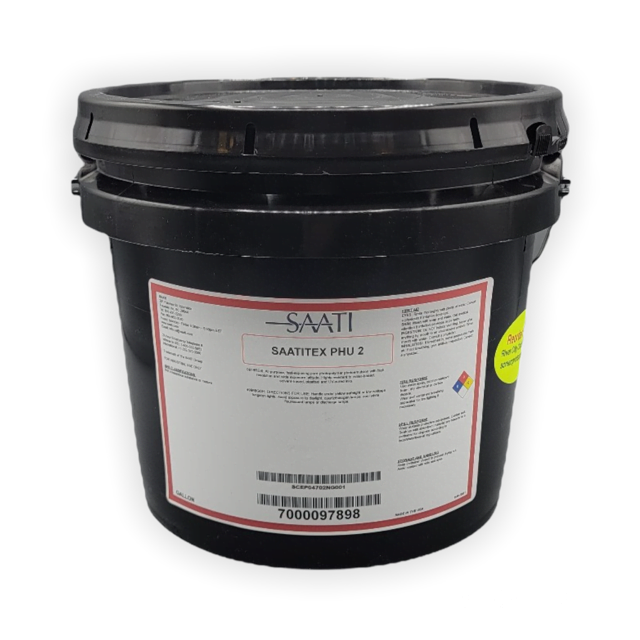
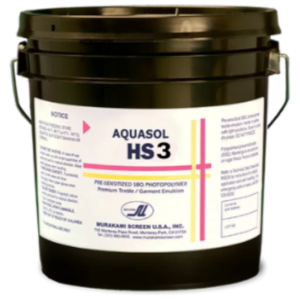
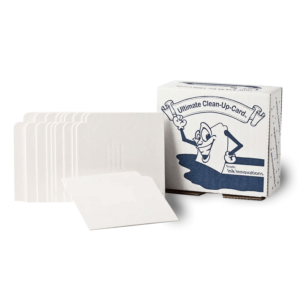
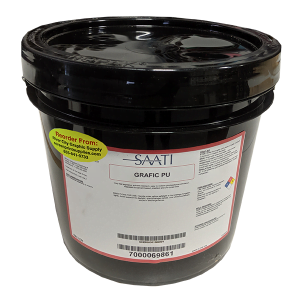
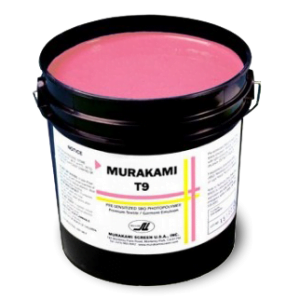
Reviews